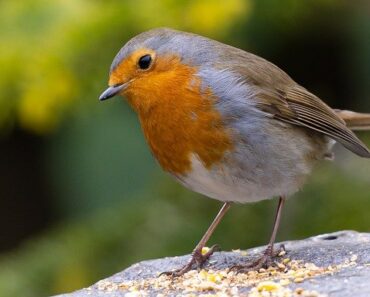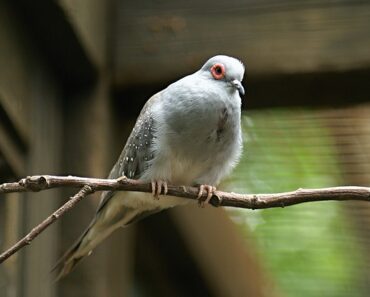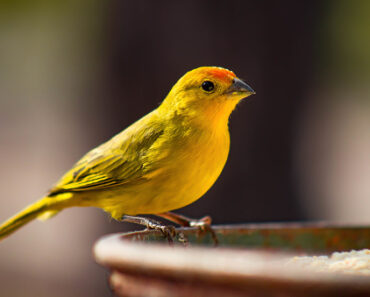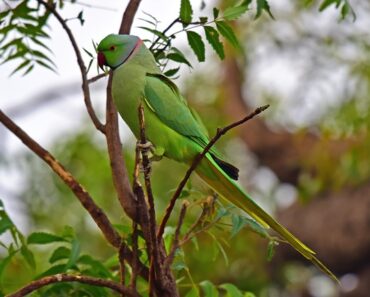Birds of the sky represent all the wild birds, some of which come to visit us during the winter. Thus, they come to nest in our gardens and feed mainly during the winter when food is scarce. It is important to know that some traveling birds, migrate during the winter to bask in the plumage in sunny countries, in southern Europe or Africa, but others … Often, the smallest ones, have to prepare themselves to face winter and periods of extreme cold. These wild birds will liven up your garden and bring you a little cheerfulness. You can cross different species depending on your region, the climate and the environment with the food available. To welcome them well, let’s go and discover the most popular birds of the sky in winter gardens!
The blue tit
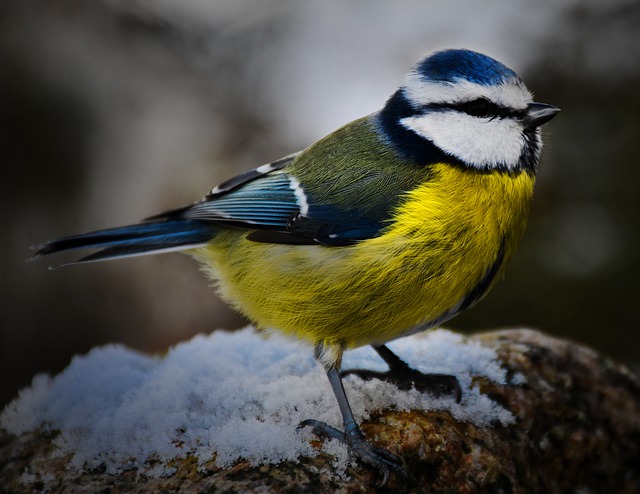
She leads a sedentary life in hardwoods, parks and gardens. During the summer period, the chickadee is very useful in gardens since it gets rid of parasitic insects. In early spring, it is the ideal time to install the nesting box and thus welcome the chickadees that will come to lay their eggs. When winter is just around the corner, the blue titmouse moves closer to residential areas to find more food.
What about food? The blue tit with its short and strong beak, appreciates small insects (butterfly larvae, scale insects, aphids…) as well as various berries, flowers and oil seeds.
In winter what to give him ? She loves balls of fat that will give her a dose of energy sufficient to cope with the harsh drops in temperature. For a varied diet, you can supplement her diet with sunflower seeds, nuts or peanuts.
Blackbird

The blackbird attracts our attention with its melodious song and its way of moving. Volatile sedentary, it generally nests in groves, undergrowth, bushes … Always close to a corner of greenery to hunt succulent prey.
And what about food? It eats small animals (worms, snails…). By searching the ground on the riverside, in meadows and forests, he will find his feast and peck some seeds. But the blackbird is not only a strict insectivore. It can feed on fruits, berries and loves grapes!
In winter what to give him? Give the blackbird insect cylinders and balls of fat to fill it up. You can diversify its diet with a few seeds and your over-ripe fruit.
The robin
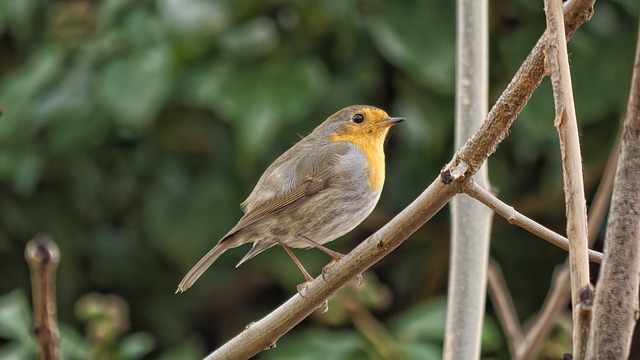
Inhabiting woods, parks and gardens, the robin remains the king of gardens. Rather solitary, when winter arrives, the little robin comes closer to us. Depending on the region, it can be sedentary or migratory. The one that spends the winter in France comes mainly from Scandinavian countries, where the cold is more icy than in our regions. As for the French robin, it will migrate to the south, to milder temperatures.
And what about food? Insects, worms, snails, spiders? They are part of the robin’s menu. In spring, it completes its diet with berries and seeds.
In winter what to give him? You can give him balls of fat, cylinders of insects and some seeds. Beware, the robin eats mainly by pecking at the ground.
The wren
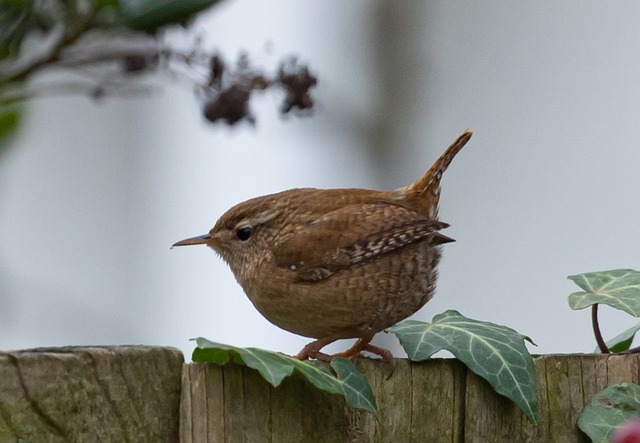
It is certainly one of the smallest birds and weighs only a few grams and stays with us all winter long. Twirling between forests, gardens and parks, the wren lives in small groups.
And what about food? With a long and narrow beak, our wild friend feeds mainly on the ground, while barely avoiding predators and cats. It looks in foliage and crevices for small insects likely to hide there.
In winter, what to give him? As with most birds in the wild, the wren will eat anything and is not fussy. You can give him greasy loaves, cylinders with small insects and seeds.
The turtledove
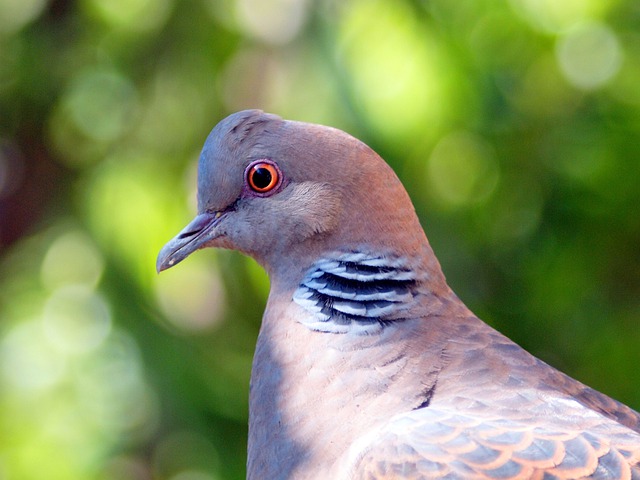
There are many species. Originally from agricultural and now urban areas, they quickly became accustomed to humans.
And what about food? Millet, chenevis, a mixture of seeds… Fruits and vegetables, the turtle-dove is not difficult but very greedy!
In winter what to give him ? Place tasty seed mixes and balls of fat in the feeder to face the cold.
The house sparrow
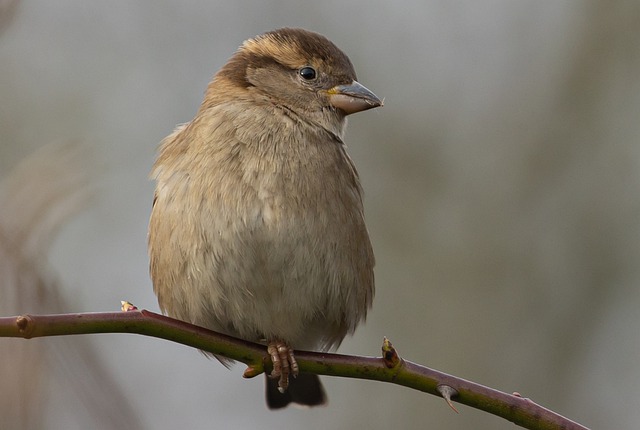
This small sedentary passerine can live up to 13 years. The sparrow does not migrate and travels in packs in the cities, fond of crumbs…
And what about food? It is a very greedy granivore. It feeds mainly on seeds and cereals, but can be opportunistic with small insects.
In winter what to give him? Balls of fat and seeds.

